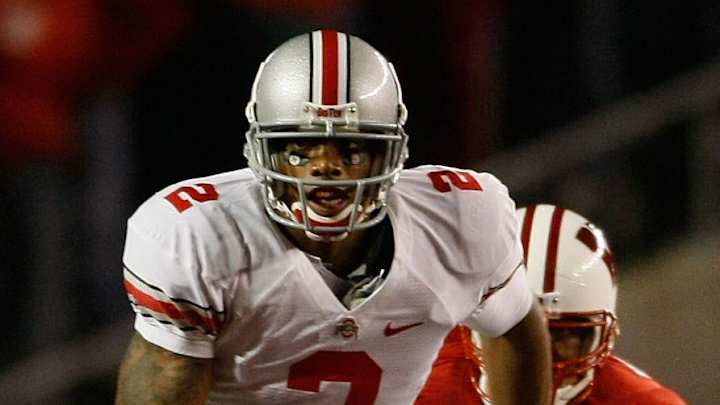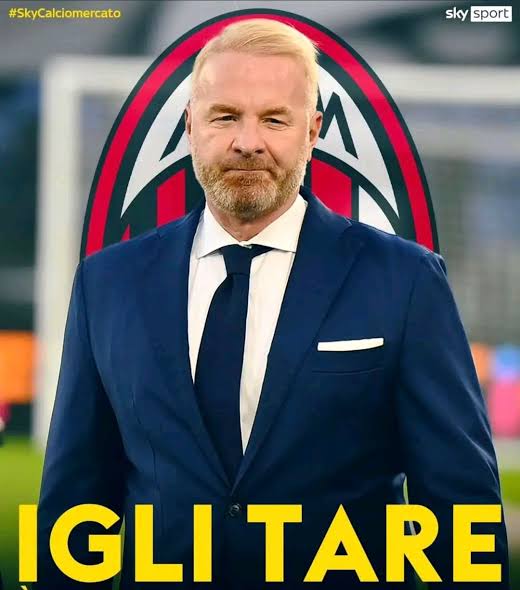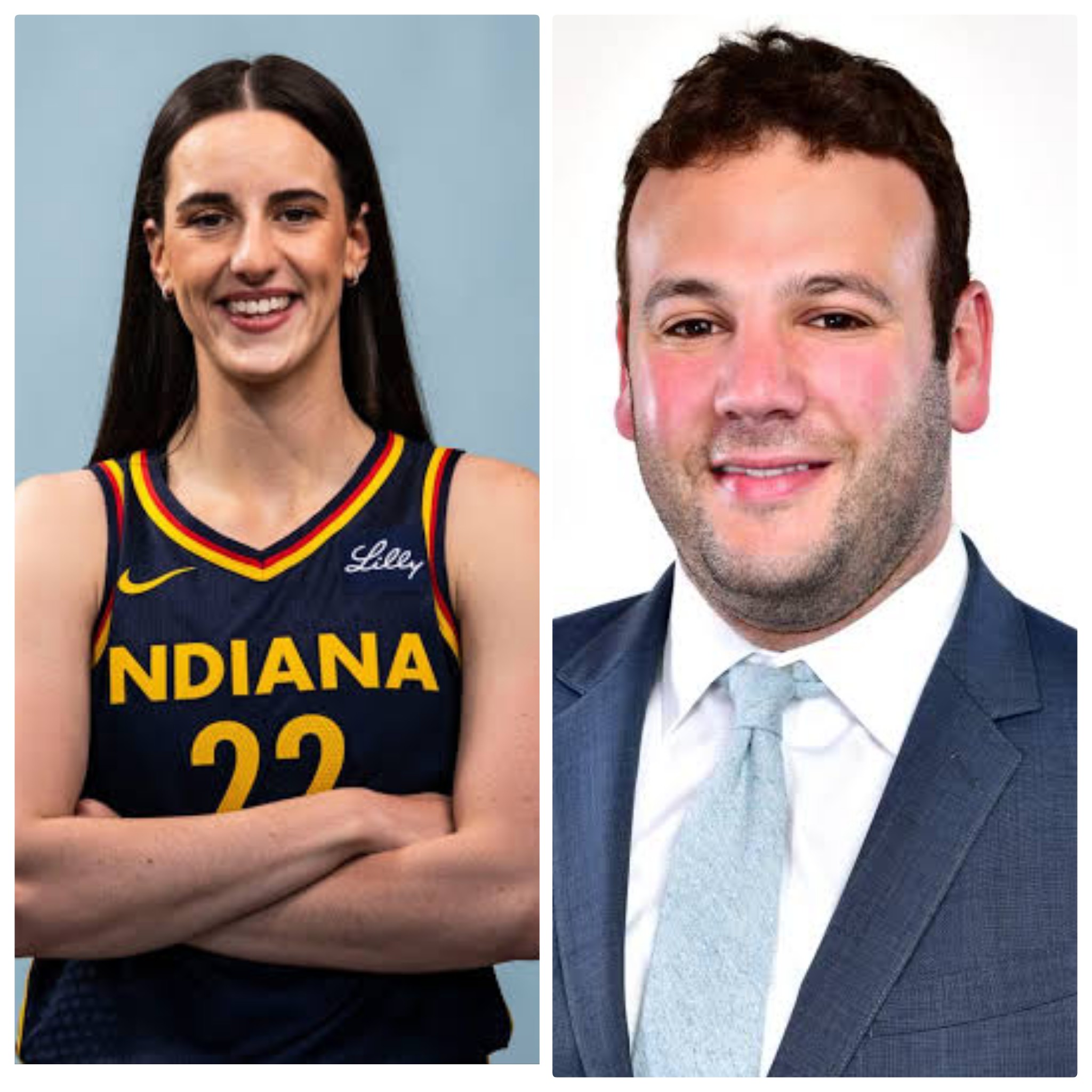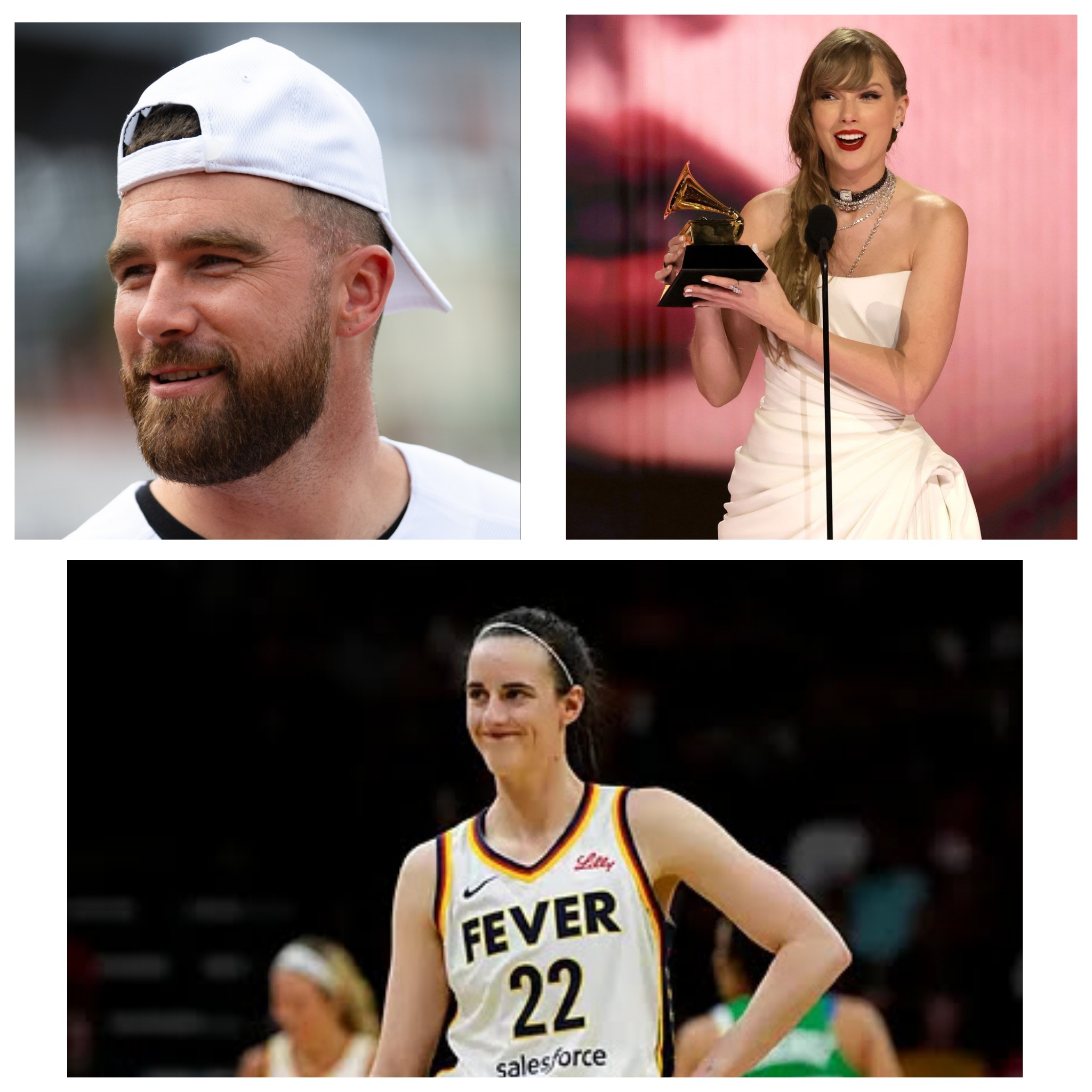In a groundbreaking legal battle that continues to reshape the landscape of college athletics, new developments have emerged in a lawsuit involving Ohio State University, the NCAA, and the Big Ten Conference over Name, Image, and Likeness (NIL) rights. The case, filed by a group of former student-athletes, alleges that these organizations have engaged in unfair practices and profited from athletes’ NIL without adequate compensation.
### **The Core Allegations**
The lawsuit, originally filed in early 2024, accuses Ohio State, the NCAA, and the Big Ten of violating antitrust laws by maintaining policies that restricted athletes from profiting from their NIL prior to the NCAA’s 2021 policy change. The plaintiffs, who include former football and basketball players, claim they lost out on significant earning opportunities due to these restrictions.
The lawsuit seeks both compensatory and punitive damages, as well as a restructuring of NIL-related policies to provide greater equity for athletes. It also calls for the establishment of a fund to retroactively compensate athletes who were unable to profit from their NIL during their college careers.
### **New Evidence Surfaces**
In the latest court filing, attorneys representing the plaintiffs presented documents they claim prove that Ohio State, along with other major programs, coordinated efforts to suppress NIL opportunities. These documents reportedly include internal emails and meeting notes discussing the potential risks of allowing athletes to monetize their NIL rights, as well as strategies to maintain control over athlete branding.
“These documents show a deliberate effort to prioritize institutional profit over athletes’ rights,” said one of the plaintiffs’ attorneys. “This was not just about maintaining amateurism—it was about protecting a lucrative system at the expense of those who drive it.”
### **Ohio State and NCAA’s Defense**
Ohio State and the NCAA have categorically denied the allegations, stating that their policies were consistent with NCAA regulations and aimed at preserving the amateur nature of college sports. In a joint statement, representatives for Ohio State and the Big Ten emphasized their commitment to student-athlete welfare and compliance with legal and NCAA guidelines.
“Ohio State has always acted in good faith to balance the integrity of collegiate athletics with the evolving landscape of NIL opportunities,” the statement read.
### **Implications for the Big Ten**
The inclusion of the Big Ten Conference in the lawsuit raises significant questions about its role in shaping NIL policies across its member institutions. The conference has recently faced criticism for its handling of NIL implementation, with athletes and advocates arguing that its approach has been inconsistent and overly restrictive.
Experts believe that the outcome of this case could have far-reaching implications for the Big Ten’s ability to regulate NIL practices and could influence future conference-wide policies.
### **Potential Impact on College Sports**
If the plaintiffs succeed, the case could set a precedent for other lawsuits by former athletes seeking retroactive compensation. It could also accelerate calls for federal legislation to standardize NIL regulations, which have varied widely from state to state since the NCAA policy change in 2021.
“This lawsuit is not just about the past—it’s about the future of college sports,” said a leading sports law expert. “It’s about determining whether the current NIL system truly benefits athletes or if it perpetuates inequities.”
### **What’s Next?**
The case is expected to head to trial later this year, barring a settlement. Both sides are preparing for what could be a lengthy and contentious legal battle, with high-profile testimonies from current and former athletes, coaches, and administrators.
As this legal drama unfolds, the stakes remain high for all parties involved. For the NCAA and its member institutions, the case challenges long-standing practices and policies that have shaped college sports for decades. For athletes, it represents a fight for fairness and recognition in an industry that generates billions of dollars annually.
Observers are closely watching this case, as it could redefine the balance of power between athletes and the institutions that have historically controlled their careers.









